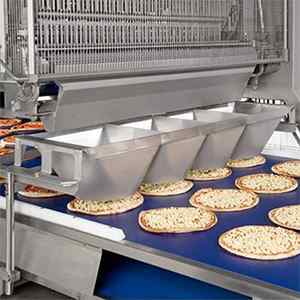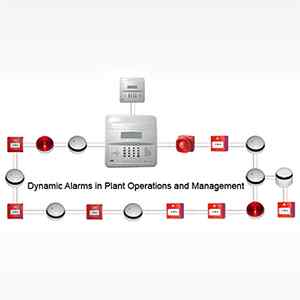Articles
Integrating automation in the production of baked goods - Topping Applicators

Machines make our lives easier in so many ways. In fact, most of what we perceive as hobbies today were tasks earlier, chores rather. The seamless integration of machines into so many regular processes has made everything more fun to do, and yields better results.
In baked goods projects, integration of automation adds consistency, speed, and flexibility to several machines involved in the process. It also solves many problems that were dominant in the production process.
The problem with manual topping applicators:
Applying toppings by hand adds extra costs to finished products.
Applying toppings by hand is expensive and can be inconsistent (manual labor).
Unevenness of toppings and the varying volume of materials on each product caused quality appearance and inventory issues.
Trying to keep pace with the production shift only increased inconsistencies.
What an automated topping applicator does:
The topping applicator applies an even spread and volume per product of delicate toppings like chocolate curls, pecan pieces, and candy pieces.
Appearance improvements are consistent from product to product at production speeds.
Toppings inventory is more manageable, and a more accurate cost per product is possible.
Topping application labor costs have been eliminated.
The overall machine perspective is that it is a stand-alone operation with the exception of loading product supplies. The topping applicator is on-target accurate with very little spill-over. Gains in cake makeup production line efficiency will make future production demands more manageable, attractive, and profitable.
Why Automation?
Automation improves quality, throughput of baked goods. Automated machines improve safety, decrease risk. The return on investment (ROI) was half the estimate.







